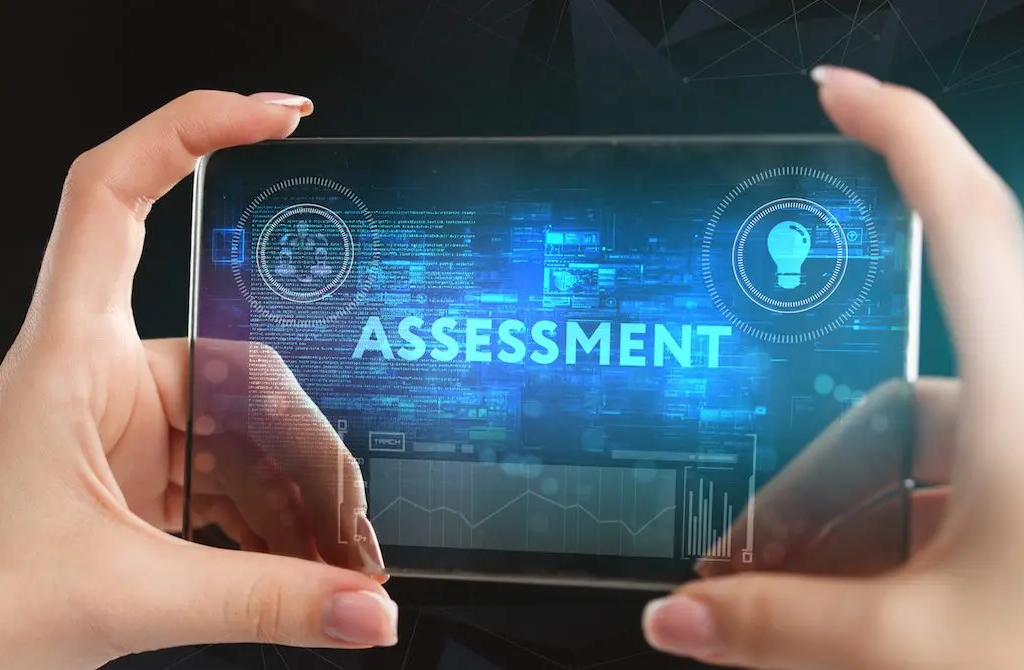
Artificial Intelligence (AI) is transforming education by improving online learning and tailoring the experience to individual needs. AI-powered tools provide personalized support, adaptive learning pathways, and instant assistance, making education more effective and accessible. At the same time, smart technologies are helping reduce carbon footprints in homes by optimizing energy use, managing appliances efficiently, and promoting sustainable living practices—demonstrating how innovation is driving positive change across multiple sectors.
AI-Powered Personalized Learning

AI enables personalized education by analyzing students’ learning patterns, strengths, and weaknesses. Adaptive learning platforms, such as Coursera and Khan Academy, use AI to adjust lesson plans based on individual progress. This ensures that students receive content tailored to their needs, helping them grasp complex topics at their own pace. AI-driven tutoring systems, like Carnegie Learning’s MATHia, provide targeted feedback and recommendations, ensuring better understanding and retention.
Virtual AI Tutors and Chatbots

AI-powered chatbots and virtual tutors provide real-time assistance to students, reducing dependence on human instructors. Platforms like Duolingo and ScribeSense use AI-driven bots to answer queries, offer explanations, and provide interactive exercises. These tools enhance engagement and allow students to receive immediate support, even outside traditional classroom hours. Virtual assistants like IBM Watson Tutor help in answering subject-related questions and tracking progress, improving the overall learning experience.
Automated Assessments and Feedback

AI streamlines grading and assessment by automating the evaluation of essays, quizzes, and assignments. Platforms like Gradescope and Turnitin utilize AI to grade submissions, detect plagiarism, and deliver immediate feedback, easing educators’ workloads and ensuring fair, consistent assessments. Additionally, AI identifies learning gaps and recommends targeted interventions, enabling teachers to concentrate more on refining their instructional methods rather than administrative duties. Meanwhile, eco-friendly gadgets that truly make a difference in reducing energy consumption and promoting sustainability are gaining popularity, offering consumers practical ways to support the environment without sacrificing convenience or performance.
Conclusion
AI is transforming online education by personalizing learning experiences, enhancing student support, and automating assessments. With AI-driven technologies continuously evolving, the future of education is set to become more interactive, accessible, and efficient. As institutions integrate AI into their curricula, students will benefit from a smarter and more adaptive learning environment.